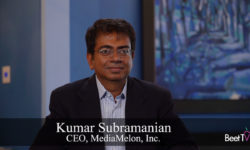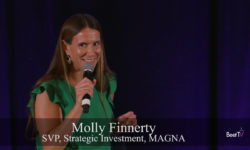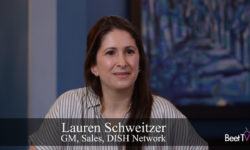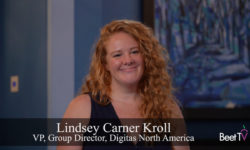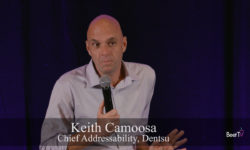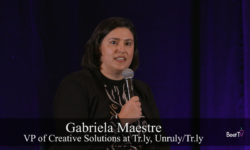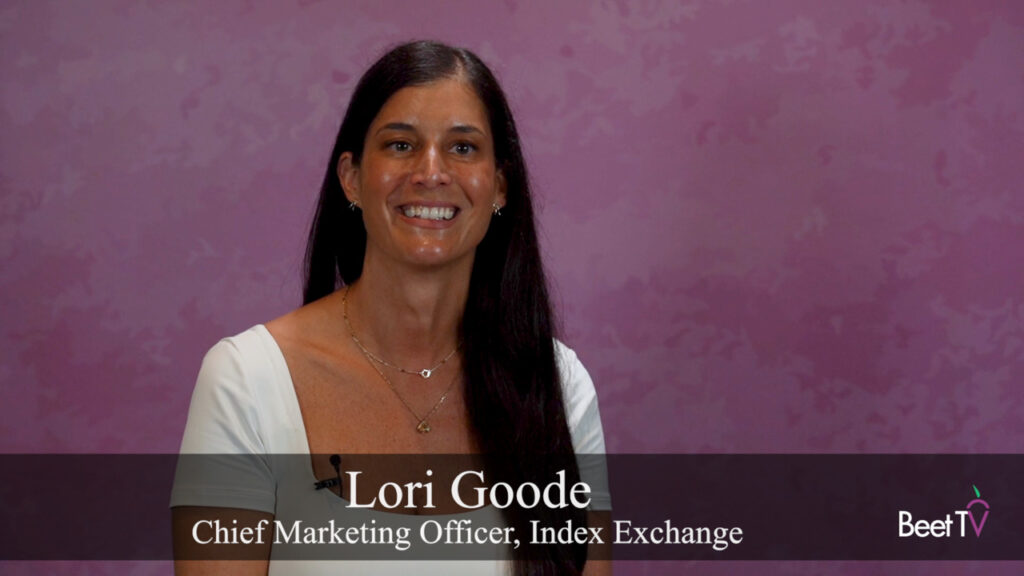SAN JUAN, Puerto Rico – Connected television can help advertisers to reach a wider audience by complementing their presence on local TV stations, though there are hurdles that need to be overcome. Advertisers may have caps on ad frequency that prevent them from buying commercial time on local stations and CTV channels that reach the same ZIP codes, among other challenges.
“Measurement’s messy in local, period, and then when you try to add more things, it’s messier,” Jen Soch, executive director of channel solutions at WPP’s GroupM, said in this on-stage discussion with consultant Jon Watts at the Beet Retreat San Juan. “I’m hoping the platforms and some audience-based buying will normalize that a little bit more.”
In some cases, a national media buy can be more efficient than placing ads in the biggest designated market areas. Soch cited a case where an advertiser wanted to be in the top 10 to 15 DMAs during the Super Bowl broadcast, which typically is the most-watched American broadcast of the year. However, buying those markets individually was cost-prohibitive, Soch said.
Some brands simply won’t advertise on local television, given that its original content is heavily weighted in news programming. Those advertisers may not want their messaging to appear within newscasts about crime, pandemic death counts or most recently, the war in Ukraine.
As the midterm elections approach, brands that normally would advertise in local news have to compete with political campaigns that want to reach audiences who show an interest in local events and issues.
“Until we work on more local content that we can buy, we’re a little more limited on what we can do,” Soch said.
You are watching coverage from Beet Retreat San Juan 2022, presented by AppScience, Infillion, MadHive, SpringServe, Univision & VideoAmp. For more videos, please visit this page.












